Sunday, December 8, 2019
First day in a new photogenic city means I am up and out to catch the best light at dawn.
Capturing the big Christmas Tree without people was at the top of the list.





Although considerable parts of it are still in Romanesque architecture, it is widely considered to be among the finest examples of high, or late, Gothic architecture.
We attended a mass at the Cathedral Notre Dame in Strasbourg all spoken in French/German which was beautiful to be in the grand church with its huge antique tapestries hanging between each transept. The greening of the church was beautifully decorated and there was a long nativity scene you walked down along one side of the cathedral.



Strasbourg has one of the earliest facades whose construction is inconceivable without prior drawing. The statues, dating from the 13th to the 15th century, located above the triple portal of the Gothic facade, depict the Prophets, the Wise and Mad virgins and the Virtues and Vices.
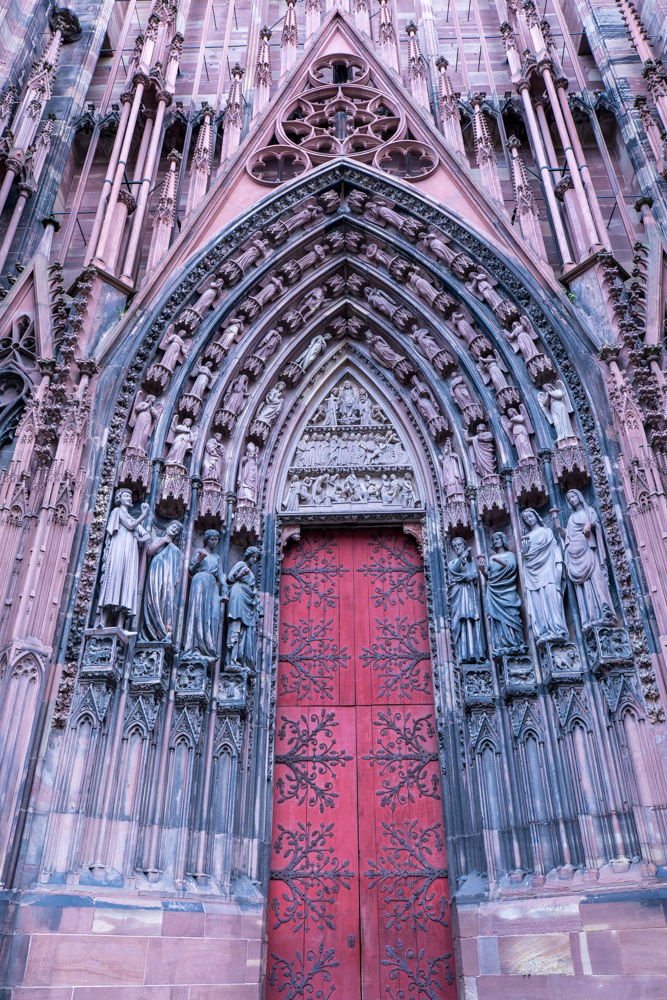

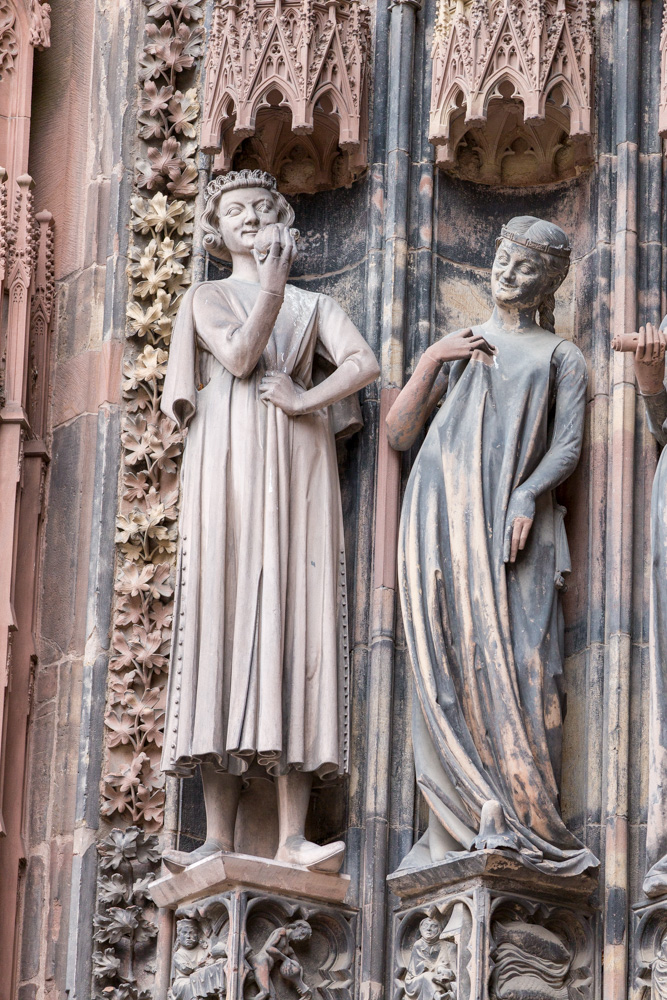

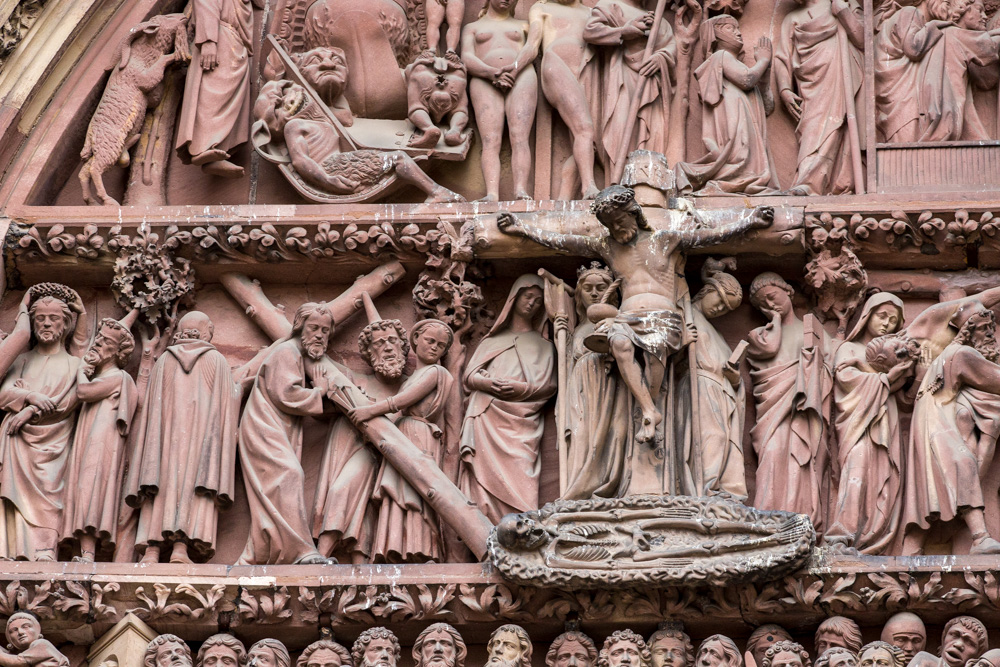
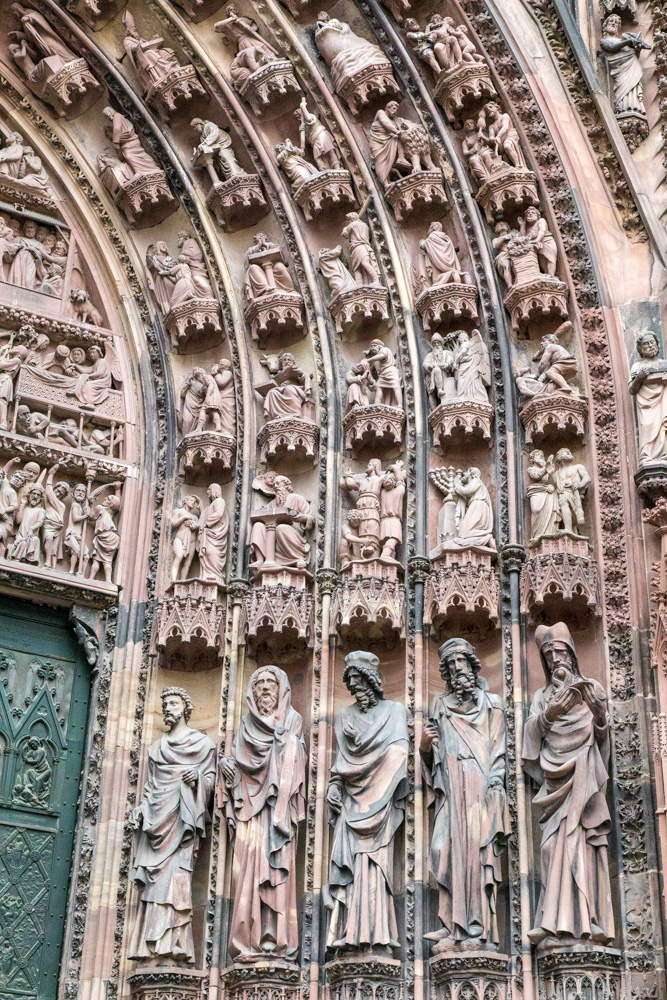
During the French Revolution, all the statues were ordered to be destroyed. More than 230 were destroyed. Fortunately an administrator of public property managed to hide 67 statues. Many of the statues on the cathedral are reproductions.





Sandstone from the Vosges Mountains used in construction gives the cathedral its characteristic pink hue.






Besides the time it also displays the civil and ecclesiastic calendars, and many astronomical indications such as the sign of the zodiac, the lunar phase and the position of many planets.
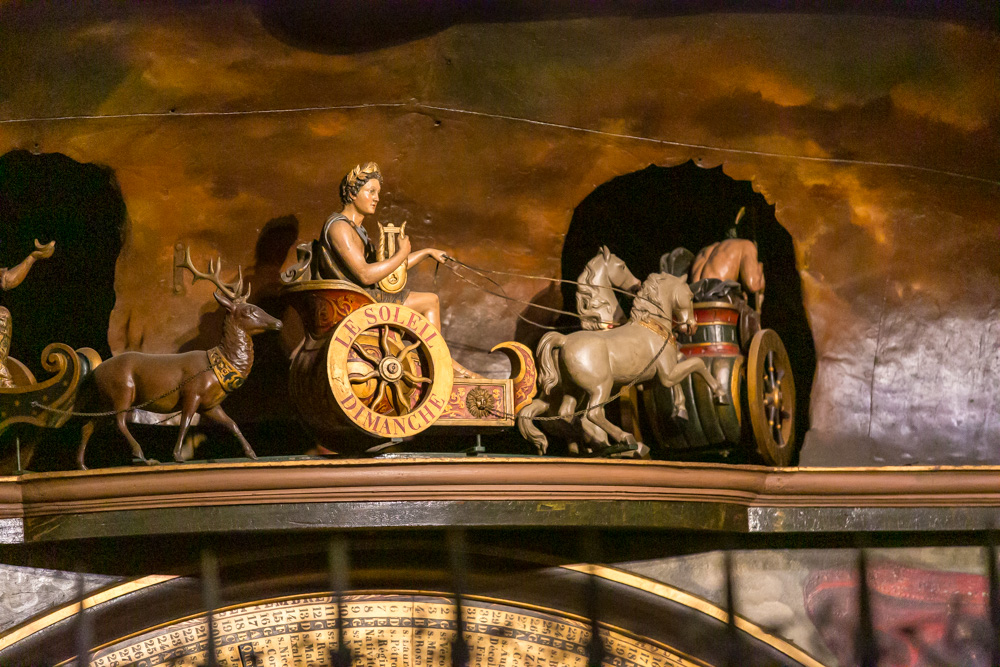

The Romanesque chancel is elevated from the rest of the nave and the transept because it is situated above the crypt. Its cul-de-four cupola is decorated with neo-byzantine frescoes dating from the 19th century. It is Eastward-facing, towards Jerusalem, as was the tradition in the construction of cathedrals in the Middle Ages.
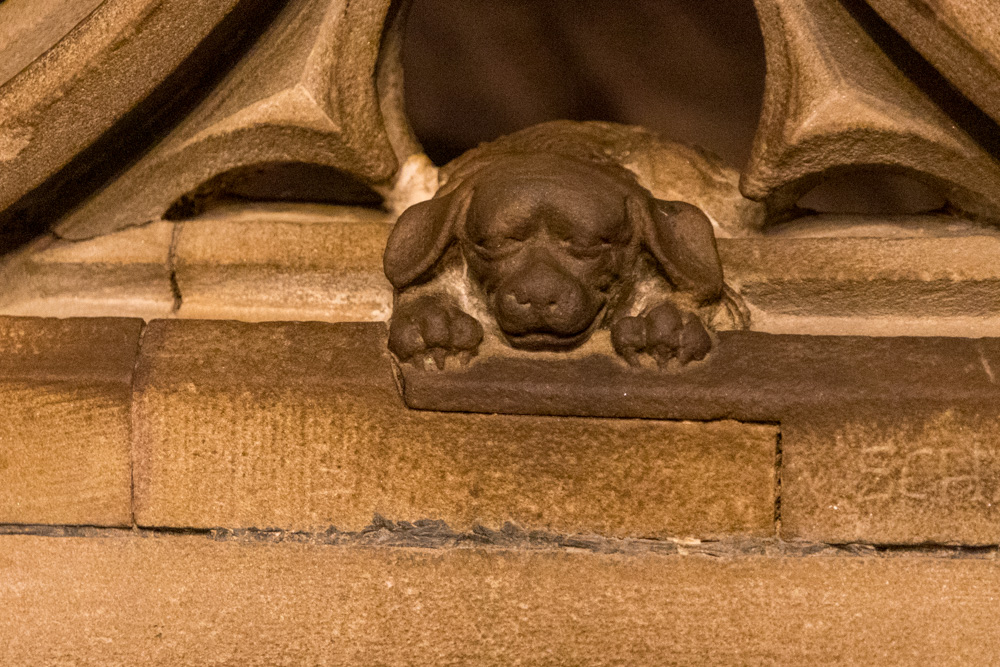
It depicts the time when Geiler of Kaysersberg came to preach on this pulpit, accompanied by his dog. He preached long, earnest sermons-so long that his pet dog, who went with him everywhere, would fall asleep. This is that dog, still sleeping. As I was taking pictures several people came up and while touching the puppy's head said a quick prayer.


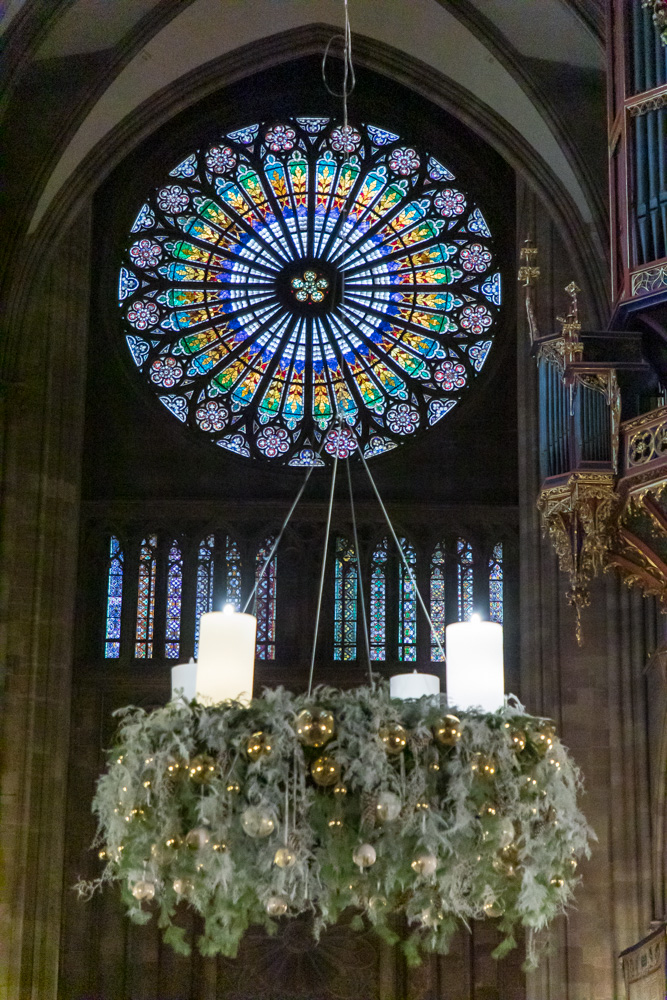
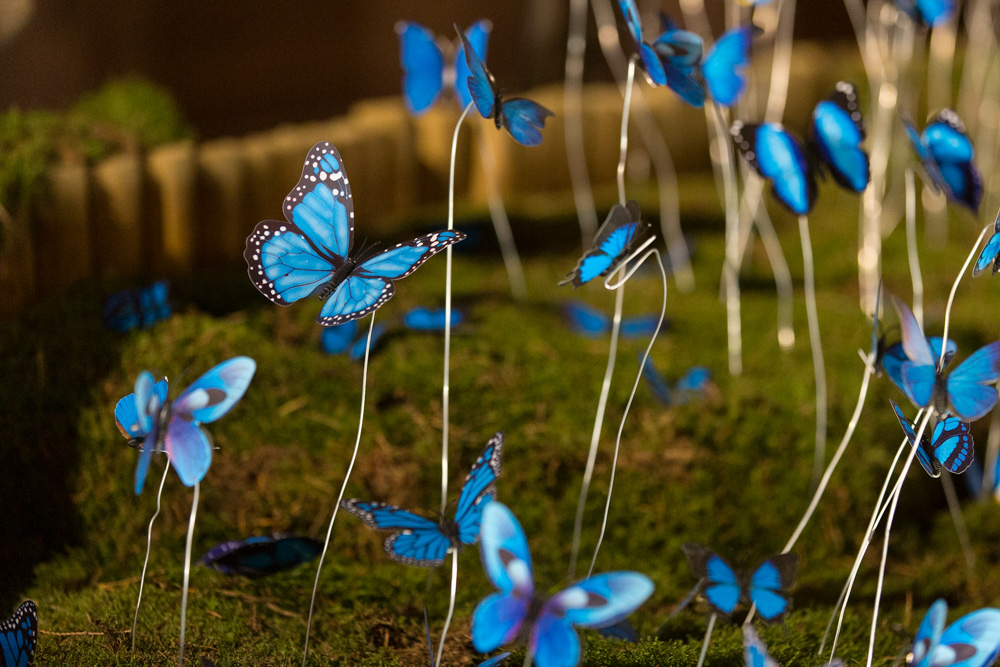
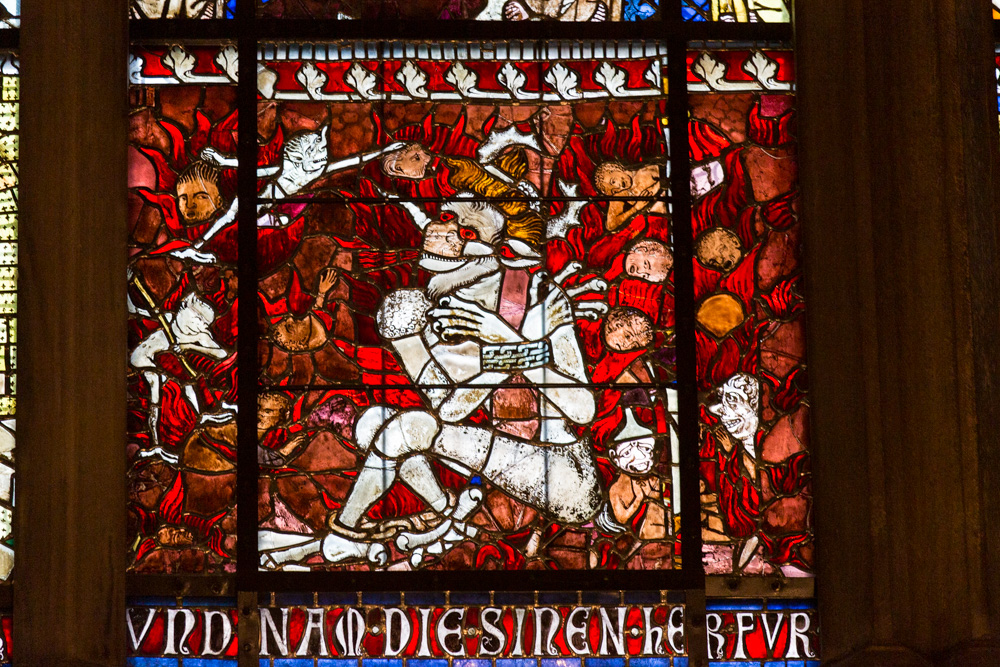


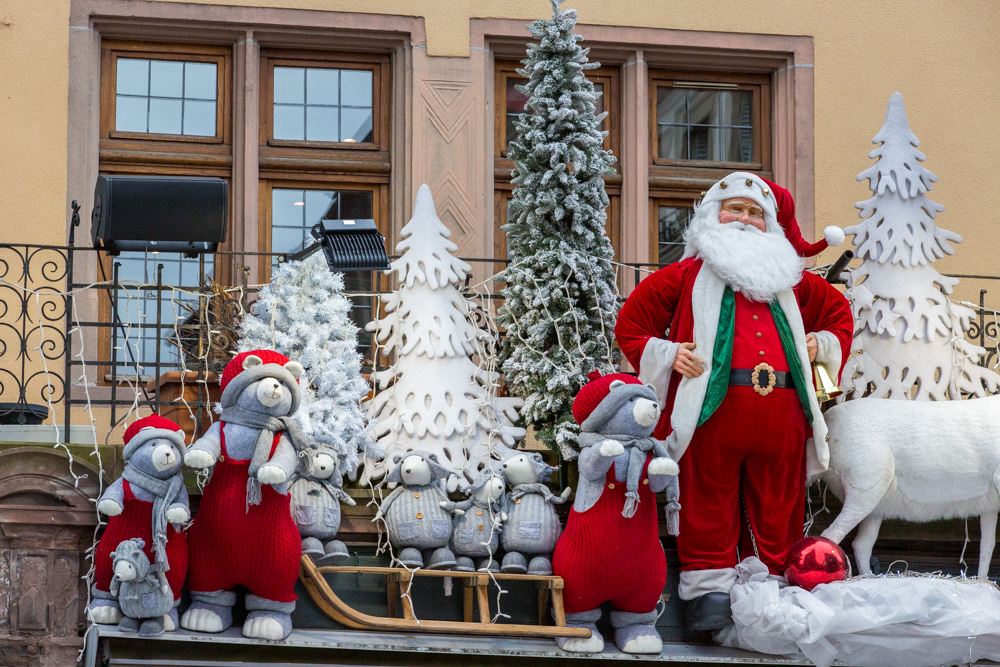




With a sign - "Please do not feed the sheep".

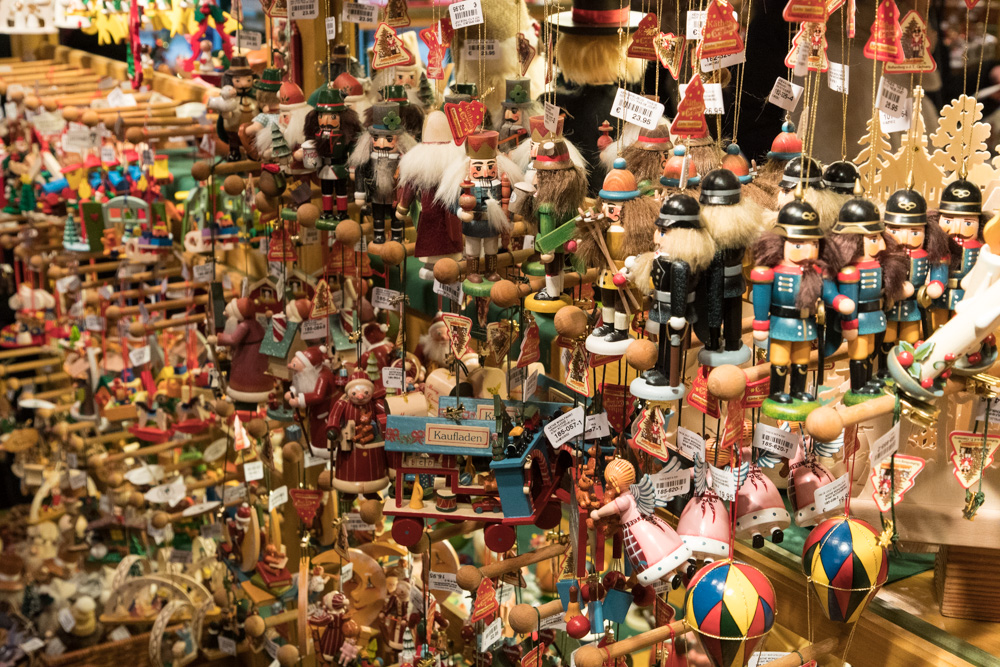
If you haven't experienced a European Christmas Market, this is an excellent market with its over-the-top decorations, lights and many, many stalls. It was completely magical and something I'd love to repeat.



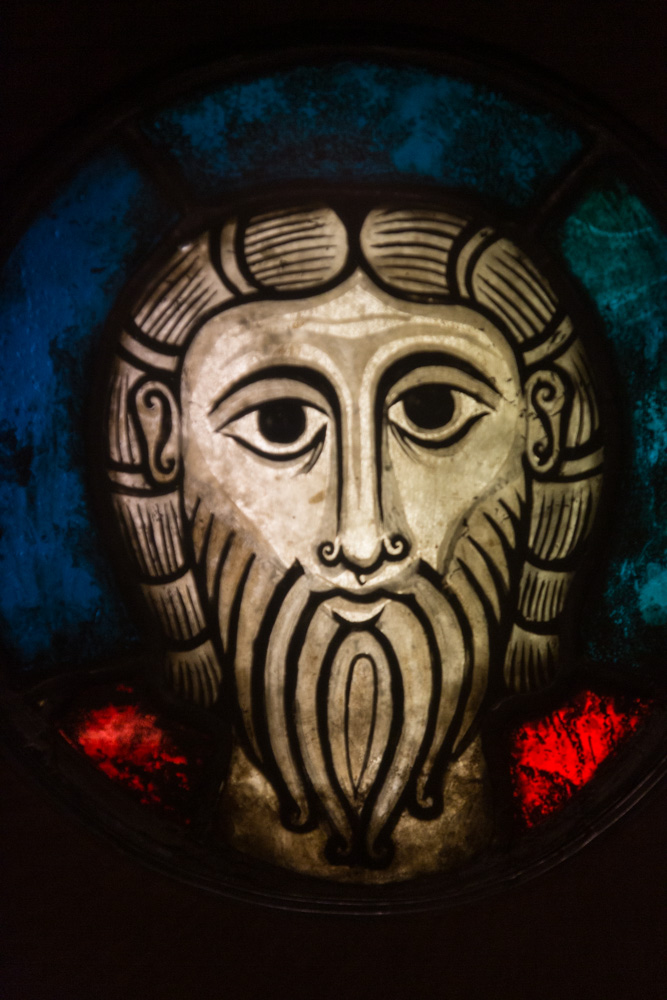
This is one of the original stained glass windows.







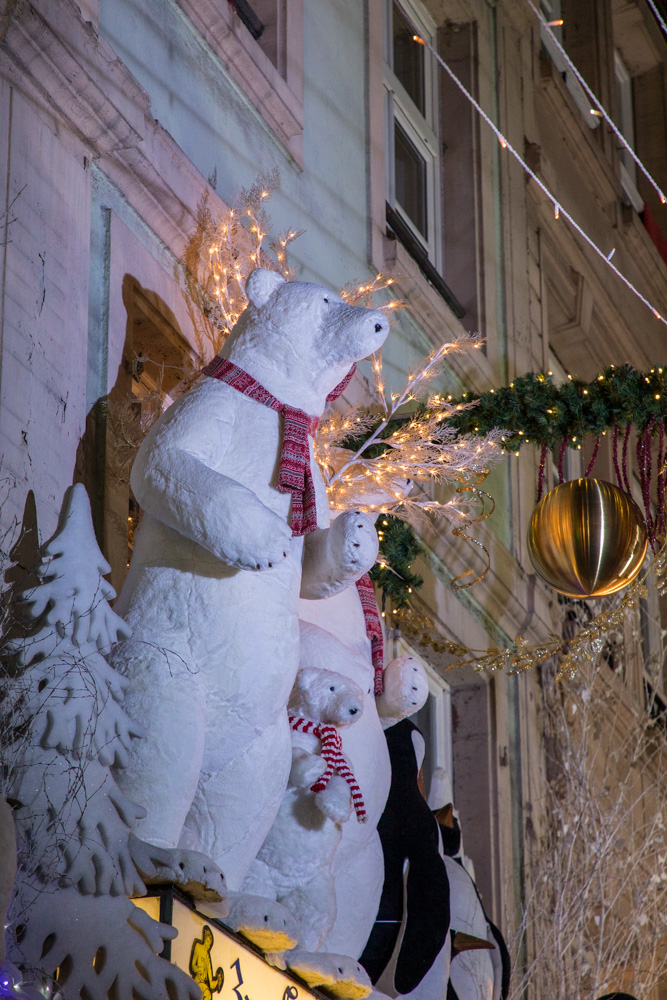
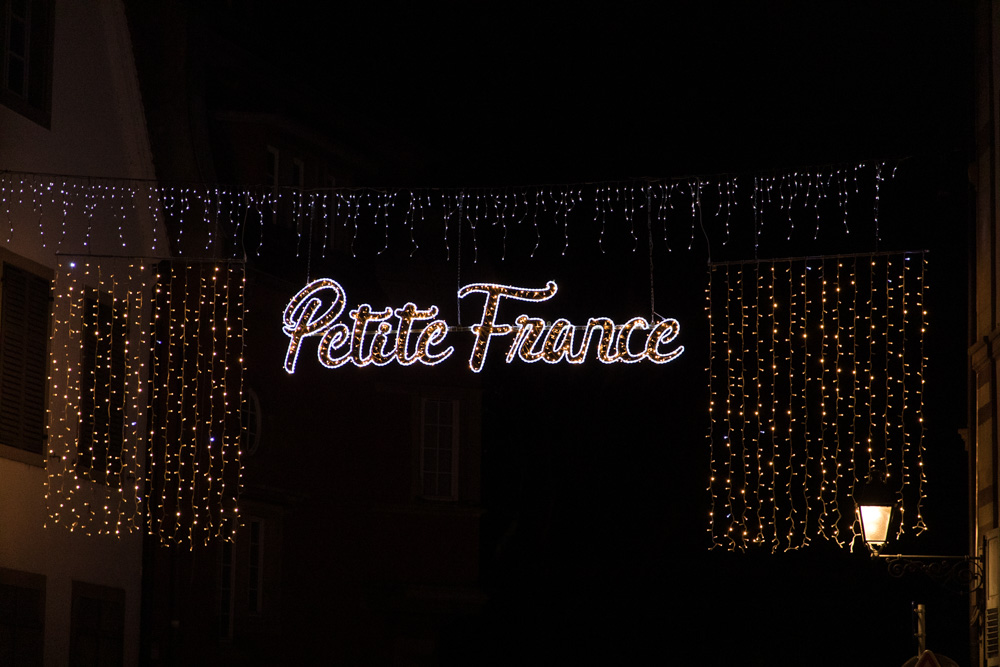
The name Petite France was not given for patriotic or architectural reasons. It comes from the "hospice of the syphilitic" , which was built in the late fifteenth century on this island, to cure persons with syphilis, then called "French disease" in German.